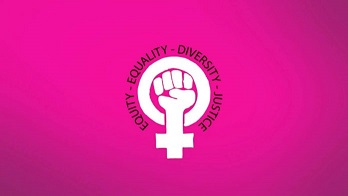Women in the Workforce: Breaking Barriers in Management and Pay Equality

Women have been making strides in the workforce for decades, but there is still a long way to go in achieving gender parity in leadership positions and pay. Despite the fact that women make up nearly half of the workforce, they are still underrepresented in management positions in many industries.
According to data from the U.S. Bureau of Labor Statistics, women hold only 29.8% of management positions in the United States. This underrepresentation is particularly acute in certain industries, such as finance and technology, where women hold just 26.5% and 26.8% of management positions, respectively.
The reasons for this underrepresentation are complex and multifaceted. One major factor is the persistence of gender stereotypes and biases, which can lead to women being overlooked for leadership roles or not being taken as seriously as their male counterparts. Another factor is the difficulty many women face in balancing work and family responsibilities, which can make it harder to pursue career advancement opportunities.
Even when women do make it into management positions, they often face a gender pay gap that can be substantial. According to data from the National Women’s Law Center, women in the United States earn just 82 cents for every dollar earned by men, on average. This gap is even wider for women of color, with Black women earning just 63 cents and Latina women earning just 55 cents for every dollar earned by white, non-Hispanic men.
The gender pay gap varies by industry and demographics, with some industries and geographic regions having narrower or wider gaps than others. In some industries, such as healthcare and education, the gap is relatively narrow, while in others, such as finance and technology, the gap is wider.
Efforts to address these issues and promote gender parity in the workforce have been ongoing for many years. Some companies have implemented programs to promote diversity and inclusion, such as mentoring programs and bias training. Others have taken steps to improve work-life balance, such as offering flexible work arrangements and parental leave policies.
While progress has been made, there is still much work to be done to achieve gender parity in management positions and eliminate the gender pay gap. It will take a concerted effort from individuals, companies, and policymakers to create a more equitable and inclusive workforce for all.
Staff Reporter








